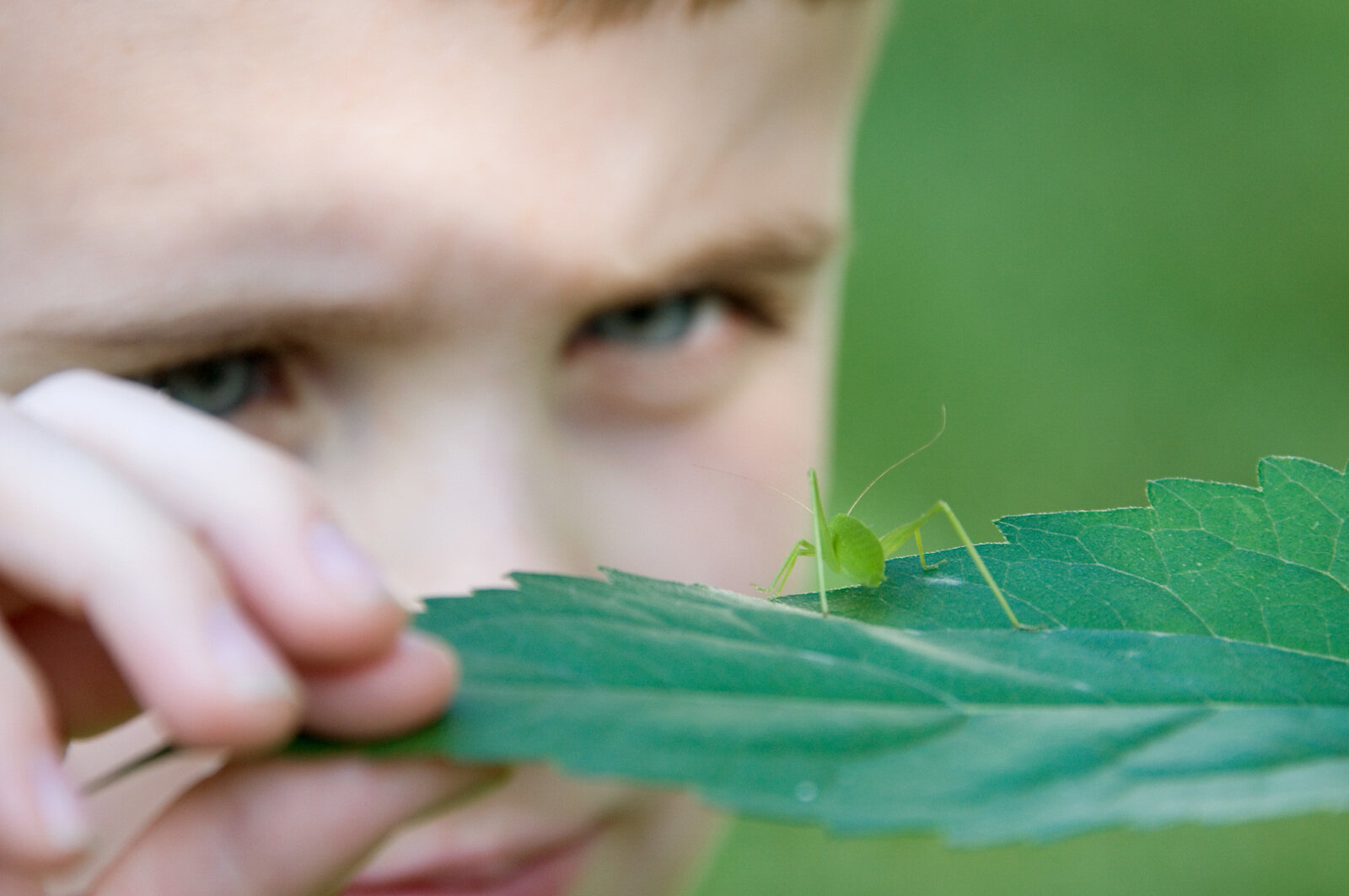We want to know: Where do you see Nature Nearby? Share your stories and images below for the chance to be featured on a future blog post!
by Hannah Kett, Cities Program Manager
Crossing the Duwamish River over the 1st Ave Bridge on WA-509, industries dominate your view – with an urban forest representing the West Seattle Greenbelt to your north.
But there are natural gems hidden among the concrete for those living, working and playing in the Duwamish Valley to enjoy – and efforts underway to expand access to nature even more. Here are a few of the parks that may not yet be on your radar.
Duwamish Waterway Park: Located on the banks of the Duwamish River in South Park, the Duwamish Waterway Park is home to community events and gatherings. Many evenings, you can find the Duwamish Rowing Club launching their skulls into the water for a row down the river. This park is currently going through a community re-design to increase play equipment, accessibility and more.
Terminal 107 and Herrings House Park: Heading a little further down-river, you will discover a large, active restoration site and recreation area alongside the last nature bend in the river. This river bend, protected from the main stem by Kellogg Island, serves as an important habitat site for juvenile salmon heading into Elliot Bay. It is also a place rich with Duwamish Tribal history–head across the street to the Duwamish Longhouse to learn more.
The challenge with this beautiful green space is it is relatively inaccessible for those without a car or bike. Many of those living in the Duwamish Valley remain unaware that this eight-acre park exists just three miles away.
Hat ‘n’ Boots Park: In Georgetown, where open space is limited, the only public river access is an undeveloped green space and tree canopy is at 4%, Oxbow Park–nicknamed Hat ‘n’ Boots–is a place to play and gather. The oversize hat and boots sculptures in the center of the park embody the quirky charm of the neighborhood. Located on an old oxbow of the Duwamish River, this park plays an important role in life of Georgetown–from a stop along the annual Haunted History Tour to hosting tree giveaways for local efforts to increase this neighborhood’s canopy.
Marra-Desimone Park: Hidden in the middle of the South Park neighborhood is a thriving farm reflecting the diverse cultures of the neighborhood and providing recreation for the neighbors. Reflecting a time when the Duwamish Valley was fertile farming land, this urban farm is one of only two historic agricultural parcels within Seattle that are still used as active farmland, with the support of many community members and non-profits.
Community members have worked together to envision the future of this urban farm and park, enhancing existing features and adding new ones (like a raingarden!) to make it even more a place for the community to connect with nature. Now, they are working to secure the funding to move forward, ensuring there is even more thriving nature in this industrial neighborhood.
The Future
For residents of South Park and Georgetown in the Duwamish Valley, the realities of industry and the nearby airport impact their health and quality of life. And the residents are working in partnership with organizations to make changes – expanding and improving the green spaces in their community. Seattle Parks Foundation, Port of Seattle, the Duwamish River Cleanup Coalition / Technical Advisory Group, DIRT Corps, South Park Area Redevelopment Corporation, the neighborhood councils, and others have projects underway to steward and expand nearby nature for those in the Duwamish Valley.
While the industries that power Seattle’s economy may always dominate the skyline, these grassroots efforts have the potential to bring the accessible nature that these communities deserve.





























